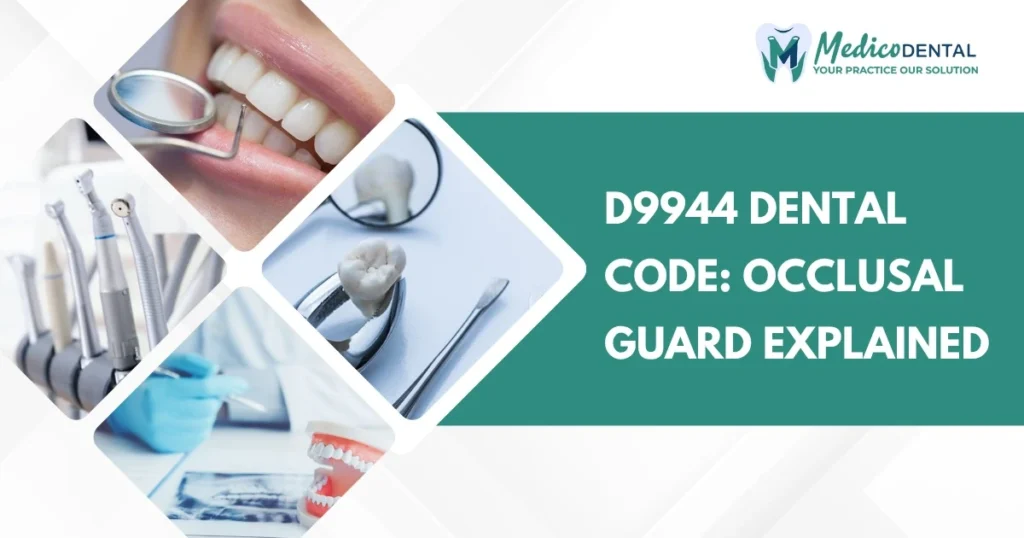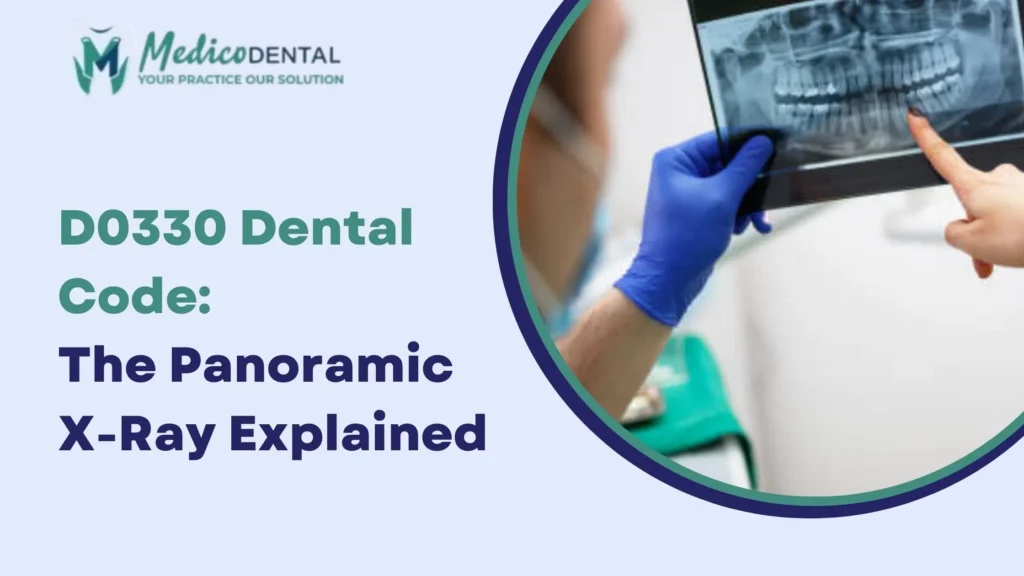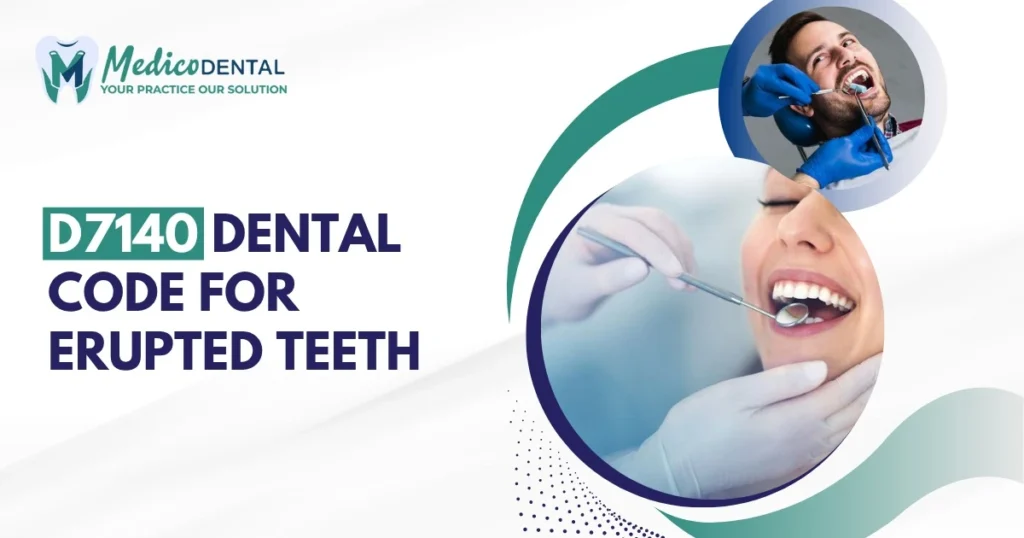The D9944 dental code is essential in modern dental practices as it facilitates the use of hard, full-arch occlusal guards, also known as night guards. These guards are specifically designed to protect teeth from the harmful effects of bruxism (teeth grinding) and clenching, often caused by stress or sleep-related disorders. By using the D9944 code, dentists ensure accurate billing for the fabrication, delivery, and adjustments of this key dental appliance, which plays a vital role in preventing tooth damage and preserving overall oral health.
What is the D9944 Dental Code?
Definition and Purpose of the D9944 Code
The D9944 code refers to a hard, full-arch occlusal guard. This type of dental appliance covers the entire upper or lower dental arch and is designed to prevent the damaging effects of teeth grinding and clenching. The guard acts as a cushion between the upper and lower teeth, effectively protecting them from the wear and tear caused by bruxism. By accurately using the D9944 code, dental professionals can bill for the creation, fitting, and adjustments of these appliances, ensuring both proper treatment and reimbursement.
Key Features of the D9944 Occlusal Guard
-
Hard Material: The D9944 guard is crafted from hard acrylic or other durable materials, which ensures it withstands the pressure from teeth grinding over time. The rigid structure provides superior protection compared to soft guards, making it ideal for patients with severe bruxism.
-
Full-Arch Coverage: The appliance is custom-made to cover the entire arch (either upper or lower jaw), ensuring comprehensive protection for all teeth, especially for those with widespread grinding or clenching.
-
Removable: The guard is designed to be removable, allowing patients to wear it while sleeping or during moments of high stress when bruxism is most likely to occur.
-
Primary Purpose: Its main purpose is to protect teeth from wear and damage caused by grinding, thus preserving dental health and preventing the need for expensive restorative treatments in the future.
When is D9944 Used?
Treatment for Bruxism (Teeth Grinding)
The D9944 occlusal guard is most commonly used for patients diagnosed with bruxism, a condition where individuals unconsciously grind or clench their teeth, often during sleep. Bruxism can lead to significant tooth damage, including worn enamel, fractures, and even tooth loss. By using the D9944 code, dentists ensure that the patient receives a hard occlusal guard to protect their teeth from the long-term effects of grinding.
Prevention of Tooth Damage
For patients who have already experienced tooth wear or have dental restorations such as crowns or fillings, the D9944 occlusal guard is critical in preventing further damage. It protects teeth from the pressure exerted during grinding, which can lead to cracks or fractures, especially in patients with existing dental work.
Full-Arch Coverage for Upper or Lower Jaw
The D9944 guard is designed to cover either the upper or lower jaw, depending on the patient’s needs. By providing full-arch coverage, it ensures that all teeth are protected, especially in cases where grinding affects the entire arch. Full-arch coverage offers optimal protection, preventing uneven wear or damage on individual teeth and helping to preserve the natural alignment of the bite.
How Does D9944 Work?
Process of Creating and Fitting the Hard Occlusal Guard
The process begins with a comprehensive dental examination, where the dentist evaluates the severity of bruxism or tooth wear. Impressions of the patient’s upper and lower arches are taken, and these are sent to a dental lab to create a custom-fit guard. The guard is molded to perfectly fit the patient’s dental structure, ensuring comfort and effectiveness. Once the appliance is created, the dentist will fit it to the patient’s teeth and may make adjustments to ensure a snug, comfortable fit.
Materials Used in D9944
The D9944 guard is typically made from hard acrylic, a durable material known for its strength and ability to withstand the pressures of grinding. The material is chosen for its durability and resistance to wear, ensuring that the guard lasts over time and effectively protects the teeth. Some variations may use other rigid materials, but hard acrylic is the most common and preferred choice for full-arch occlusal guards.
D9944 vs Other Dental Codes
Comparison with Soft Occlusal Guards (D9945)
While D9944 is used for hard, full-arch occlusal guards, D9945 refers to a soft occlusal guard. Soft guards are typically made from flexible, softer materials and are often used for patients with less severe bruxism or for those who experience discomfort with hard materials. Hard guards like D9944 provide better protection for more serious cases of teeth grinding, making them the preferred option for patients who have significant tooth wear.
D9944 vs D9946: Partial Arch vs Full Arch
Another code to consider is D9946, which refers to a partial-arch occlusal guard. This is used for patients who may only need protection for a specific section of their mouth, such as a few teeth. In contrast, D9944 is used for full-arch coverage, providing a more comprehensive solution for those who need protection for all their teeth, especially in cases of widespread bruxism.
Billing and Documentation for D9944
Billing Process and Requirements
When billing for D9944, it is important to ensure that all required documentation is included in the claim to avoid denials. Dentists must accurately report the fabrication, fitting, and any subsequent adjustments to the occlusal guard. This typically includes details about the patient’s diagnosis, the extent of tooth damage, and the need for a full-arch appliance. The dentist must also include the patient’s insurance information to ensure proper reimbursement.
Necessary Documentation for Insurance Claims
For successful insurance claims, detailed documentation is essential. This includes:
-
Clinical notes explaining the patient’s condition (e.g., signs of bruxism, tooth wear, or damage).
-
Radiographs or photos showing evidence of tooth wear or other dental issues caused by grinding.
-
Lab prescription for the guard, specifying whether it’s a hard or soft appliance, and whether it’s a full or partial arch.
Proper documentation helps ensure smooth billing and timely reimbursement.
Common Mistakes to Avoid in Billing
Some common mistakes that can lead to claim denials include:
-
Incorrect coding: Using the wrong code for a soft appliance or partial arch guard when D9944 is meant for hard, full-arch guards.
-
Incomplete documentation: Failing to provide necessary clinical notes, radiographs, or lab prescriptions.
-
Frequency limitations: Not checking with the patient’s insurance to ensure that the frequency of occlusal guard claims does not exceed allowed limits.
Avoiding these errors is critical to ensuring successful reimbursement for the treatment.
Adjustments to D9944 Occlusal Guards
When and How Adjustments Are Made
Adjustments to D9944 occlusal guards are often necessary after the initial fitting. These adjustments ensure the appliance fits comfortably and effectively for the patient. Since bruxism and teeth grinding can vary in intensity, the occlusal guard may require fine-tuning to address specific areas of pressure or discomfort.
Adjustments may be made for reasons such as:
-
Improper fit: If the guard feels too tight or too loose, adjustments are needed to ensure it sits comfortably on the teeth.
-
Discomfort: Some patients may experience discomfort in their jaw or teeth, requiring slight alterations to the guard’s shape or thickness.
-
Wear and tear: Over time, the occlusal guard may become worn or damaged, requiring repair or modification.
Using D9944 Code for Adjustments
The D9944 code can also be used to bill for these necessary adjustments. After the initial delivery of the hard occlusal guard, if the patient returns for any modifications, the dentist can document the changes and use the D9944 code to cover the adjustments. It is crucial that the dentist accurately records the adjustments made and the reasons for them to ensure proper billing and compliance with insurance protocols.
Insurance Considerations for D9944
Coverage Guidelines for Occlusal Guards
When billing for the D9944 dental code, it’s essential to verify that the patient’s insurance covers the occlusal guard. Many insurance policies recognize the importance of hard occlusal guards for treating bruxism and protecting teeth from damage. However, insurance coverage for D9944 can vary depending on the plan. Some plans may cover it under preventive care, while others might classify it under therapeutic care. In contrast, the D4341 dental code, which is used for periodontal scaling and root planing (SRP), addresses gum disease treatment and may require separate documentation and justification. It is essential to understand how both codes interact and ensure that appropriate coverage is obtained for each type of treatment.
Typically, insurance plans will require proof of medical necessity, including documentation that the patient suffers from bruxism or that their teeth are showing signs of damage due to grinding. Be sure to check the specifics of the insurance plan before moving forward with treatment to ensure that the patient will be covered.
Frequency Limitations and Pre-authorization
Insurance companies often impose frequency limitations on occlusal guard claims. Many policies will only cover a new occlusal guard once every 2 to 3 years, so it’s essential to ensure that the patient hasn’t already had one covered by their insurance in that time period.
In addition, some insurance plans may require pre-authorization before any procedure is carried out. Dentists should submit a pre-authorization request to the insurer, which includes the medical justification for the guard, before proceeding with treatment. This step can save time and prevent potential claim denials later on.
Best Practices for D9944 Claims
Documentation Best Practices for Successful Claim Approval
Proper documentation is key to ensuring successful claim approval for D9944. Here are a few best practices:
-
Detailed clinical notes: Document all symptoms of bruxism or tooth damage observed, such as worn enamel or jaw muscle pain.
-
Radiographs: Provide X-rays that show evidence of tooth wear or damage due to grinding.
-
Medical necessity: Include a clear explanation of why the occlusal guard is necessary to prevent further damage or alleviate discomfort.
-
Clear treatment plan: Outline the specifics of the treatment plan, including which dental arch will receive the occlusal guard (upper or lower).
Comprehensive and accurate documentation helps avoid any delays or denials during the billing process.
How to Avoid Denial or Rejection of Claims
To avoid the rejection of D9944 claims, dental professionals should follow these guidelines:
-
Correct coding: Ensure that D9944 is used for the correct procedure. Avoid using codes for soft occlusal guards or partial-arch guards if they do not apply.
-
Submit on time: Timely submission of claims ensures that all details are fresh, reducing the risk of errors or missing information.
-
Check insurance requirements: Understand the patient’s insurance policy, especially frequency limitations, and verify if pre-authorization is required.
-
Follow up on denied claims: If a claim is rejected, review the reason carefully, address any discrepancies, and resubmit with the necessary adjustments or clarifications.
Following these best practices helps ensure smooth processing of claims and enhances the chances of approval.
Conclusion
The D9944 dental code plays a crucial role in protecting teeth from the harmful effects of bruxism. By using this code, dental professionals can bill for the creation, delivery, and adjustments of hard, full-arch occlusal guards, which are essential for patients suffering from teeth grinding or clenching. These appliances not only prevent tooth damage but also help alleviate jaw discomfort associated with bruxism.
Accurate billing, thorough documentation, and a strong understanding of insurance requirements are key to ensuring that the treatment is covered and reimbursed appropriately. By using D9944 correctly, dental professionals can provide much-needed relief to patients while maintaining proper billing practices.
FAQs About D9944 Dental Code
What is the difference between D9944 and D9945?
Ans. D9944 is used for hard, full-arch occlusal guards, while D9945 refers to soft occlusal guards. Hard guards are used for more severe cases of bruxism, providing better protection.
Can D9944 be used for partial-arch occlusal guards?
Ans. No, D9944 is specifically for full-arch occlusal guards. For partial-arch guards, the appropriate code is D9946.
How often can I bill for a new occlusal guard using D9944?
Ans. Insurance companies typically limit the frequency to once every 2-3 years. It’s important to check the patient’s policy before submitting a claim.
Do I need to get pre-authorization for D9944?
Ans. Some insurance plans require pre-authorization before providing an occlusal guard. It’s important to contact the insurer before proceeding with treatment.
What happens if my claim for D9944 is denied?
Ans. If your claim is denied, review the EOB (Explanation of Benefits) to understand the reason for rejection. Address any issues such as incorrect coding or missing documentation and resubmit the claim.



